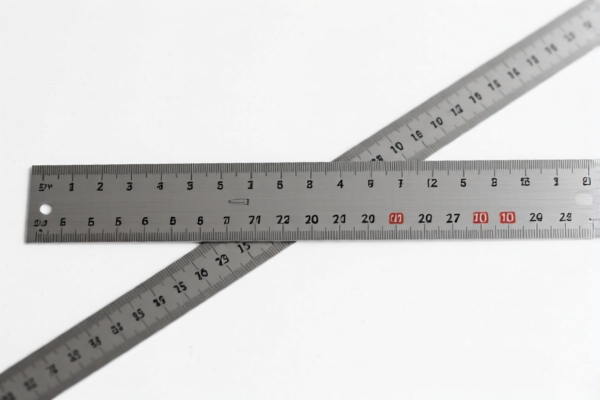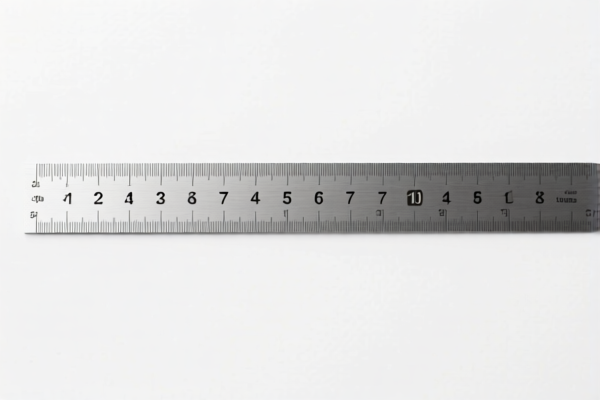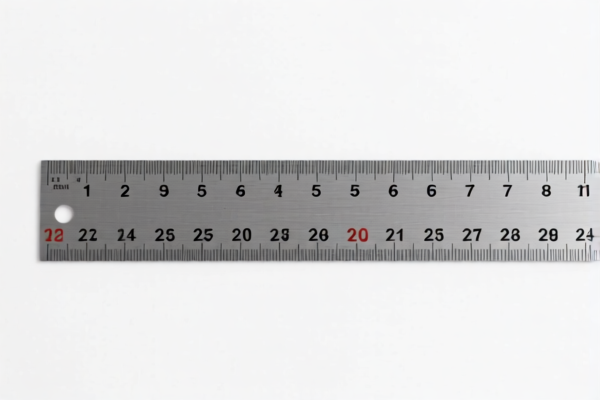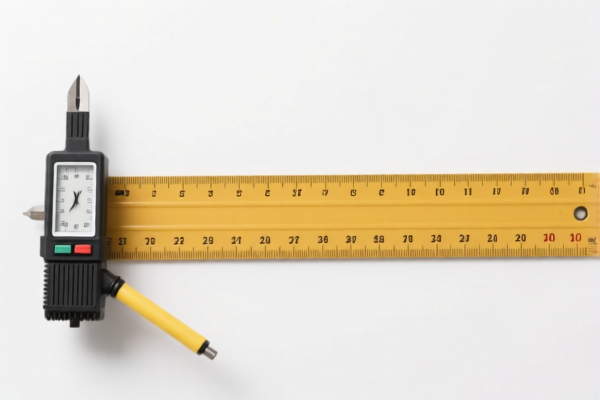| HS Code | Official Doc | Tariff Rate | Origin | Destination | Effective Date |
|---|---|---|---|---|---|
| 9017308000 | Doc | 58.9% | CN | US | 2025-05-12 |
| 9017304000 | Doc | 60.8% | CN | US | 2025-05-12 |
| 8210000000 | Doc | 58.7% | CN | US | 2025-05-12 |
| 8214909000 | Doc | 1.4¢ each + 3.2%+30.0% | CN | US | 2025-05-12 |
| 4911998000 | Doc | 37.5% | CN | US | 2025-05-12 |
| 4911996000 | Doc | 37.5% | CN | US | 2025-05-12 |
| 4906000000 | Doc | 37.5% | CN | US | 2025-05-12 |
| 9701990000 | Doc | 37.5% | CN | US | 2025-05-12 |




Measuring Ruler
A measuring ruler is an instrument used primarily to measure length and distance. It is a fundamental tool in many fields, including carpentry, engineering, architecture, sewing, and everyday life.
Material
Measuring rulers are constructed from a variety of materials, each with its own properties:
- Steel: Offers high strength and durability, resistant to bending and corrosion. Commonly used in professional settings.
- Aluminum: Lightweight and corrosion-resistant, suitable for general purpose use.
- Wood: Traditional material, often used in carpentry. Can be less precise than metal rulers.
- Plastic: Inexpensive and flexible, suitable for light-duty tasks and school use. Types include acrylic, polycarbonate, and PVC.
- Fiberglass: Offers flexibility and resistance to temperature changes, useful in specialized applications.
Purpose
The primary purpose of a measuring ruler is to determine the length of an object or the distance between two points. Beyond simple length measurement, rulers are used for: * Drawing straight lines: The straight edge provides a guide for accurate drawing. * Dividing and marking: Rulers facilitate the creation of equal divisions and precise markings. * Calculating areas and volumes: When combined with other tools or formulas, rulers can aid in area and volume calculations.
Function
Measuring rulers function based on a calibrated scale, typically in inches, centimeters, or millimeters. The user aligns the zero point of the ruler with one end of the object being measured and reads the length corresponding to the other end.
Usage Scenarios
- Carpentry & Construction: Measuring wood, determining cuts, ensuring squareness.
- Sewing & Tailoring: Measuring fabric, patterns, and body dimensions.
- Engineering & Architecture: Precise measurements for blueprints, designs, and construction projects.
- Education: Teaching basic measurement concepts.
- Everyday Use: Measuring rooms for furniture placement, wrapping gifts, and general household tasks.
Common Types
- Straight Ruler: The most common type, with a straight edge and calibrated scale. Available in various lengths.
- Yardstick: A longer ruler, typically 36 inches (91 cm) long, used for measuring longer distances.
- Tape Measure: Flexible ruler made of a metal or fabric strip, retractable into a casing. Used for measuring irregular shapes and longer distances.
- Folding Ruler: Composed of multiple sections connected by hinges, allowing for compact storage and portability.
- Architect Scale: Used in architecture and engineering for creating scaled drawings. Features multiple scales on a single ruler.
- Digital Ruler: Electronic device that displays measurements digitally, often with higher precision and additional features.
- Combination Square: Combines a ruler with a square and level for versatile measurement and marking tasks.
Measuring rulers fall under instruments for measuring length, for use in the hand. Several HS codes may be applicable depending on the specific characteristics of the ruler.
-
9017.30.80.00: This code covers drawing, marking-out or mathematical calculating instruments; instruments for measuring length, for use in the hand; parts and accessories thereof: Micrometers, calipers and gauges: Other. This includes measuring instruments not specifically defined elsewhere within the chapter.
- 90: Optical, precision, medical, surgical, photographic, cinematographic, measuring, checking, weighing or controlling instruments and apparatus; parts and accessories thereof.
- 17: Instruments for measuring length, for use in the hand (e.g. measuring rods and tapes, micrometers, calipers).
- 30: Micrometers, calipers and gauges.
- 80: Other.
- 00: Further specification.
- Tax Details: Basic tariff: 3.9%, Additional tariff: 25.0%, Post 2025.4.2 Additional tariff: 30.0%, Total tariff: 58.9%.
-
9017.30.40.00: This code covers drawing, marking-out or mathematical calculating instruments; instruments for measuring length, for use in the hand; parts and accessories thereof: Micrometers, calipers and gauges: Micrometers and calipers. This is specifically for micrometers and calipers.
- 90: Optical, precision, medical, surgical, photographic, cinematographic, measuring, checking, weighing or controlling instruments and apparatus; parts and accessories thereof.
- 17: Instruments for measuring length, for use in the hand (e.g. measuring rods and tapes, micrometers, calipers).
- 30: Micrometers, calipers and gauges.
- 40: Micrometers and calipers.
- 00: Further specification.
- Tax Details: Basic tariff: 5.8%, Additional tariff: 25.0%, Post 2025.4.2 Additional tariff: 30.0%, Total tariff: 60.8%.
It is important to determine if the measuring ruler is a simple measuring tool or a more precise instrument like a micrometer or caliper to select the correct HS code.
Customer Reviews
No reviews yet.